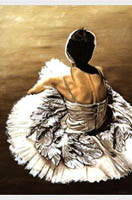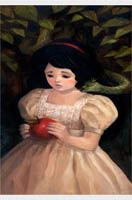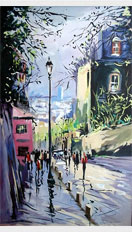SALVATOR MUNDI:
Salvator Mundi is a painting by the workshop of Italian artist Leonardo da Vinci, dated to c. 1500. The painting shows Jesus in Renaissance dress, making the sign of cross with his right hand, while holding a transparent, non refracting crystal orb in his left, signaling his role as Salvator Mundi ( Latin for 'Savior of the World' ) and representing the 'celestial sphere' of the heavens.
Around 20 other versions of the work are known, by students and followers of Leonardo. Preparatory chalk and ink drawings of the drapery by Leonardo are held in the British Royal Collection.
Long thought to be a copy of a lost original, veiled with overpainting, it was restored, rediscovered, and included in a major Leonardo exhibition at the National Gallery, London, in 2011–2012. This sold at Christie's for $450.3 million, the highest price ever achieved for any artwork at auction.
The buyer was reported to be a representative acting on behalf of the Saudi Crown Prince Mohammed bin Salman, though the identity of the true owner has been a subject of speculation.
The painting's journey, from its rediscovery to its world record breaking sale, has been the subject of extensive media coverage and art historical debate.
SALVATOR MUNDI
RESTORATION AND HISTORY:
Salvator Mundi was lost for centuries before being rediscovered in the early 21st century. It was extensively restored, and after significant research, it was confirmed that da Vinci had a hand in its creation, though some areas remain debated.
Before its restoration, the painting was in poor condition, and much of its detail had been obscured over time.
Salvator Mundi is a painting that embodies Leonardo da Vinci’s genius and the power of Renaissance art. Despite debates over its full attribution, it remains one of the most iconic and valuable works of art in history, captivating art lovers, collectors, and historians alike.
ABOUT THE AUTHOR:
http://www.reviewpainting.com/Leonardo-da-Vinci.htm







